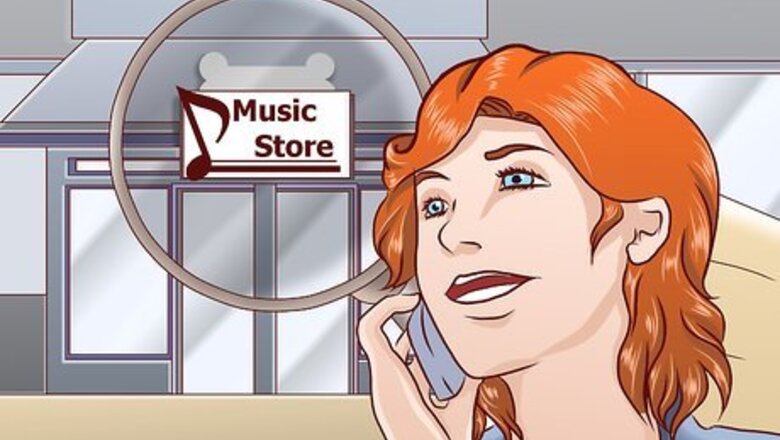
views

Go to your local music dealer and ask about student rentals. Make sure the instrument is not dented and the slides and valves move freely. It may come from a nameless brand, but that's fine for starters. Make sure it's a "B flat major" trumpet, the most common kind and therefore, easiest to learn.
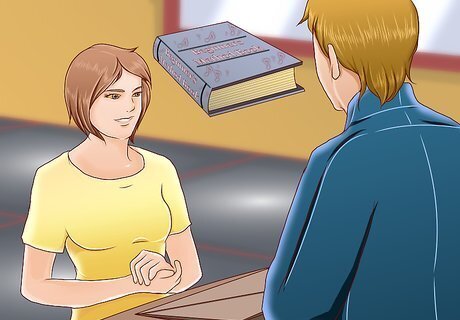
While you're at the music store, you might also want to invest in a beginner's method book. Those books normally come with accompaniment CDs, and also include scales, techniques for playing, and many beginner's pieces.
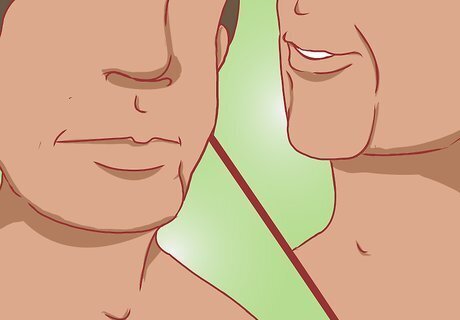
Don't immediately open up the case and start noodling around. Instead, close your mouth and press your lips together, crease the corners of your mouth and blow, making a buzzing sound. This is the embouchure, the way you form your mouth and lips.
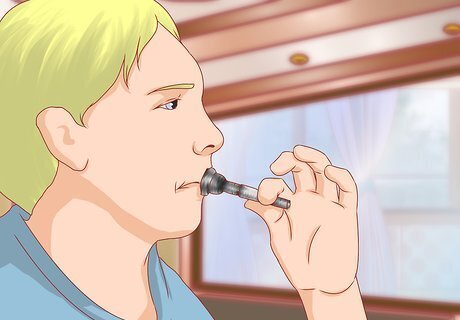
Take out your mouthpiece and buzz into there. Do this every time you practice, as it gets you ready for playing and also improves your tone quality.
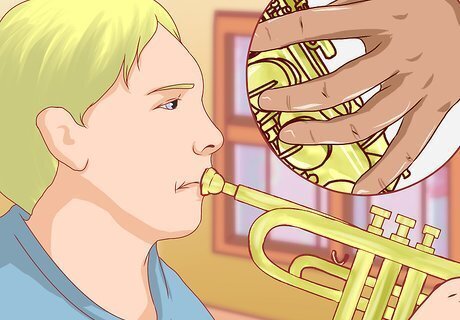
Insert the mouthpiece into the trumpet. Buzz into the mouthpiece again, but don't press any of the valves yet. Do that for a little while until you have the buzzing technique pretty much mastered.
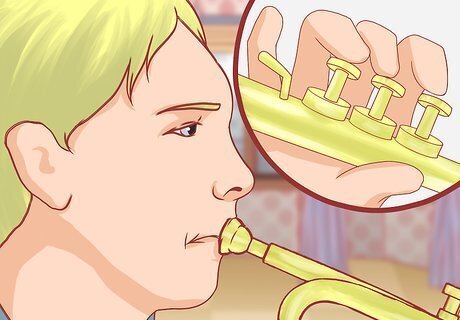
Rest the fingers of your right hand on the valves (which are numbered one, two and three, one being closest to you and three closest to the bell), and keep your right pinky either in the air or on top of the hook near the third valve. Hold the three valve casings with your left hand.
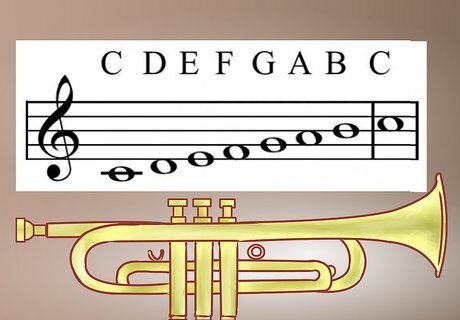
It's time to learn your first scale, the concert Bb (B flat) major scale, also called the C major scale. You'll learn more about these in your method book. The fingerings, in order are: Low C--No valves (often written as a zero or an O) D--Valves one and three E--Valves one and two F--Valve one G--No valves A--Valves one and two B--Valve two High C--No valves
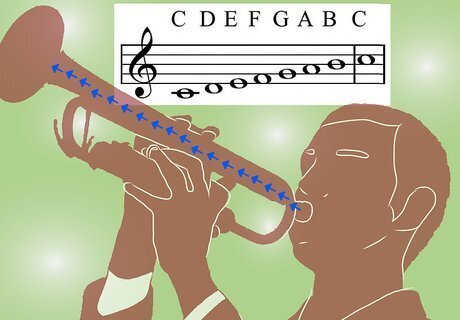
Gradually tighten up your mouth and use more air as you climb up the scale, as you can see that different notes are played with the same finger pattern.
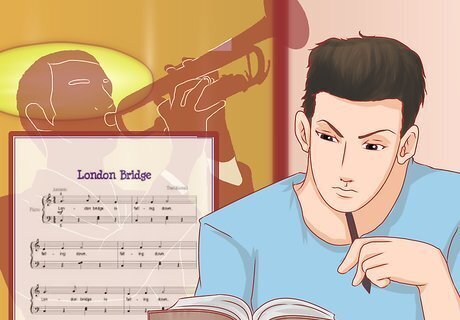
Start looking in your method book and work on some easier songs, such as Hot Cross Buns and London Bridge. Eventually, you will improve at playing. Also look in the back for a fingering chart, a glossary and also additional scales (there are twelve in total).

Seek a private instructor if you want extra help. Ask at a music shop or go online to see if there are any instructors in your area who give lessons.
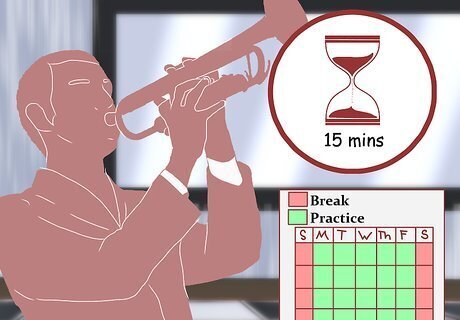
Practice for at least 15 minutes a day for at least five days a week. Begin with a warm up (buzzing in the mouthpiece, blowing warm air through the instrument, scales)and then work on the things that are hardest for you. Practice short lines of music at a time.










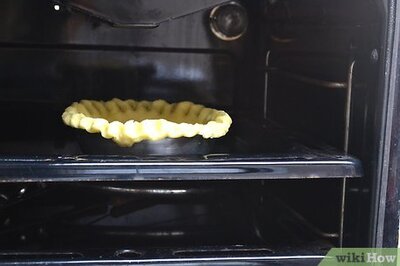
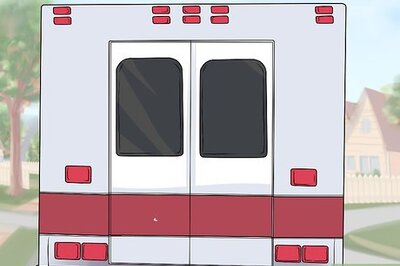



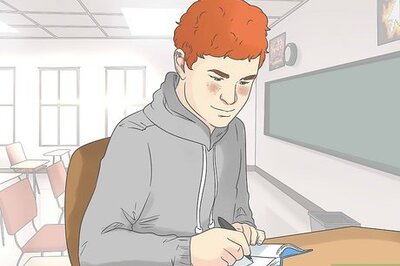



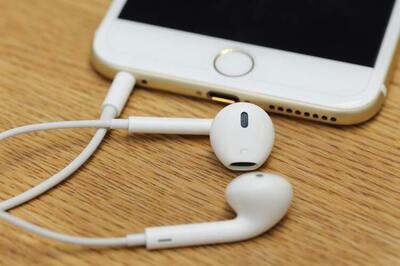
Comments
0 comment